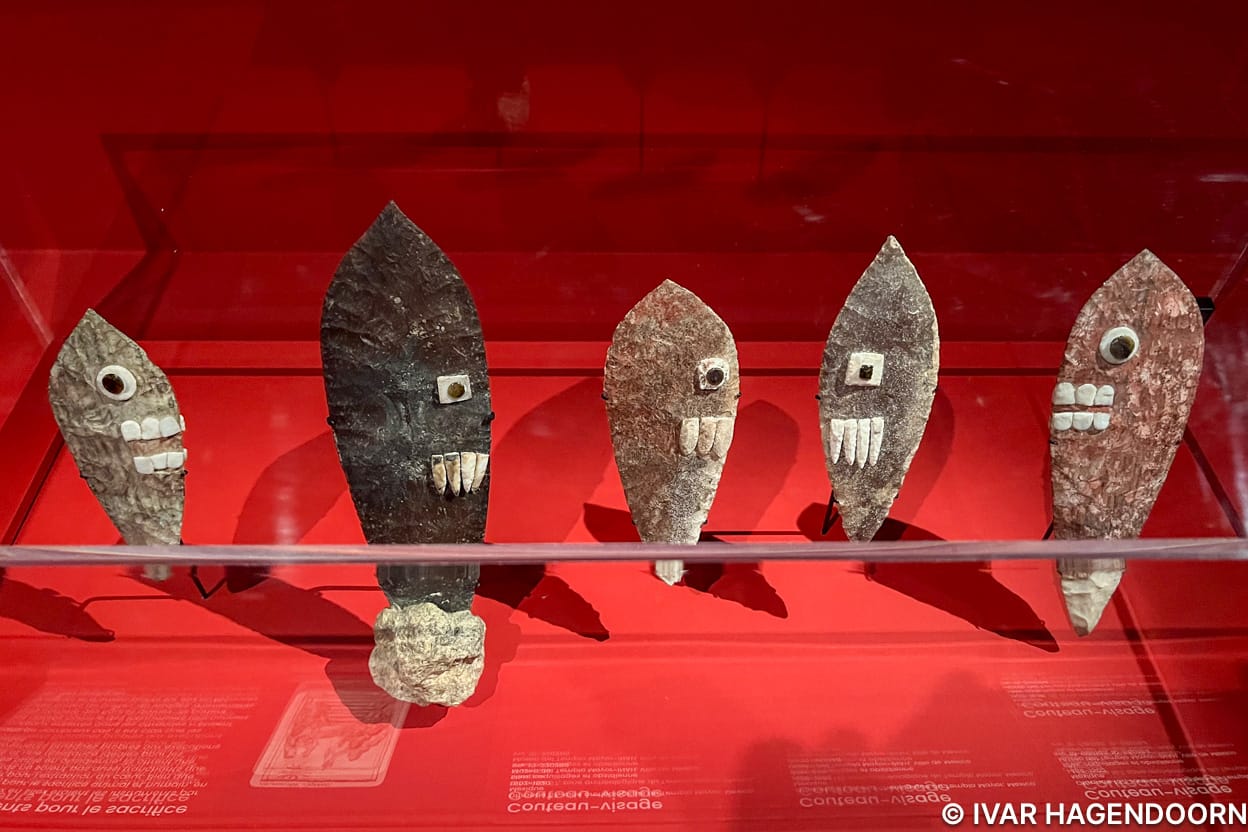A few years ago I read a fascinating book, Fifth Sun. A New History of the Aztecs by Camilla Townsend, which basically argues that everything you think you know about the Aztecs is wrong. For one thing, technically speaking there never were any “Aztecs”, because no people ever called themselves that. Properly speaking the people who ruled what is now referred to as the Aztec Empire were called Mexica, for this is the term that they themselves used. I was also surprised to learn how large and how advanced the Mexica empire was. At the height of their power the Mexica empire stretched more than 200,000 square km and comprised around 5 million people.
Somewhere around 1325 the Mexica established a settlement on an island in Lake Texcoco, in the Valley of Mexico, which they called Tenochtitlán. Over the next two centuries it grew into a large metropolis with an estimated 200,000 inhabitants.
In 1521, after fierce fighting, the Spanish defeated the Mexica empire. In the following years indigenous populations were largely decimated by epidemics. To consolidate their power the Spanish razed the city of Tenochtitlán to the ground. On top of the ruins they built the foundations of Mexico City, which was to become the capital of New Spain and following independence in 1821, Mexico.
In 1978, workers of an electricity company happened upon a large circular monolith representing the moon goddess Coyolxauhqui, near where the main temple of Tenochtitlán, the Templo Mayor, once stood. Following this chance discovery archaeologists embarked upon a project to excavate the site. Over the past fifty years a large number of artifacts have been unearthed, including more than 200 offerings that the Mexica made to their gods.
In collaboration with Mexico’s National Institute of Anthropology and History the Musée du quay Branly has organised an exhibition which documents the results of research carried out at the site of the Templo Mayor. The exhibition includes numerous divine effigies, idols, instruments used during sacrifices and the skeletal remains of various offerings.

It is an information dense exhibition. To get the most out of it you need to take it slowly and read all the panels. At the entrance there’s a five minute introductory video, which I found quite helpful. I took my time and learned a lot.
As they act upon the world the gods, too, get tired and their forces are depleted. To replenish the gods and to ensure their proper functioning it is therefore paramount for people to make offerings to the gods. I had never thought about it this way, but within the Mexica cosmology it makes perfect sense.
Mexica. Offerings and Gods at the Templo Mayor is at the Musée du quai Branly in Paris through 8 September 2024.